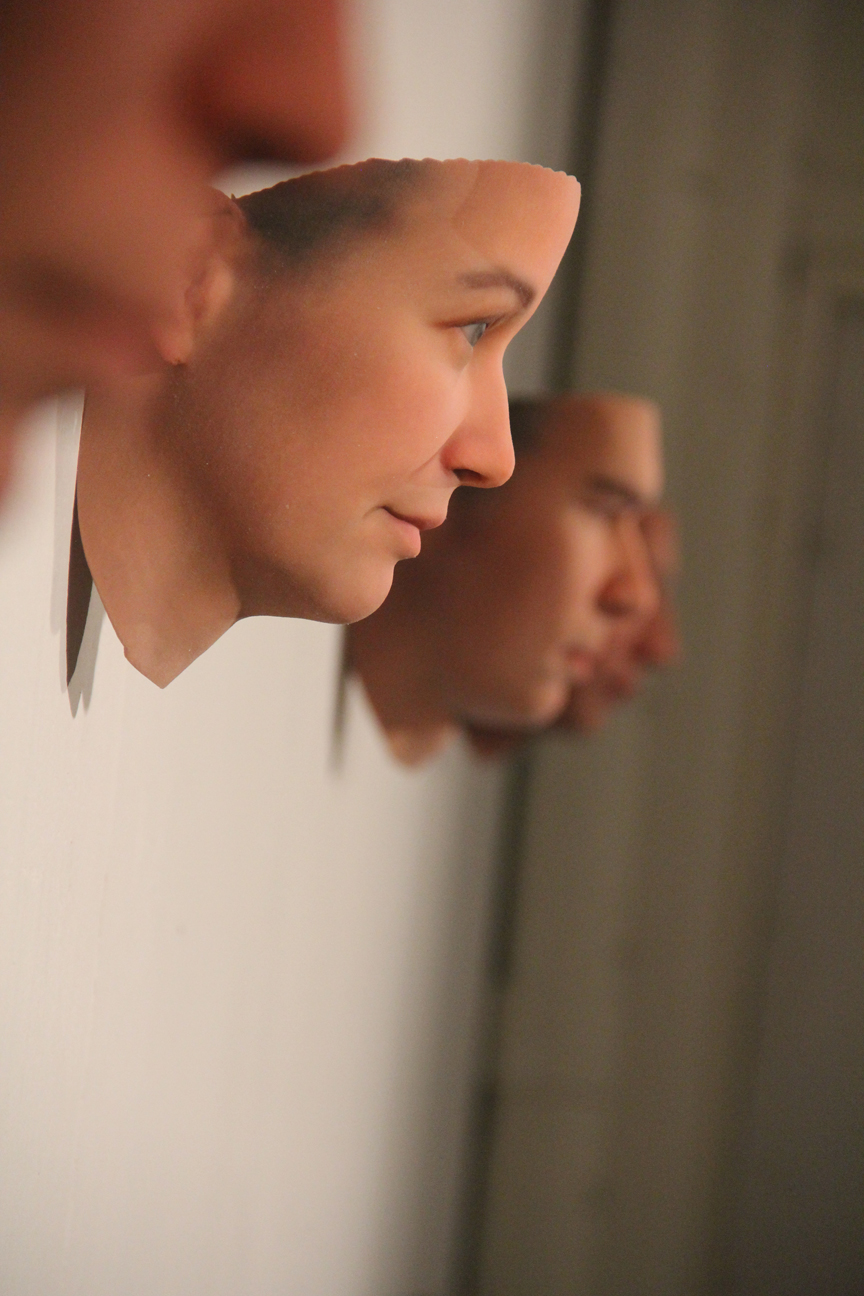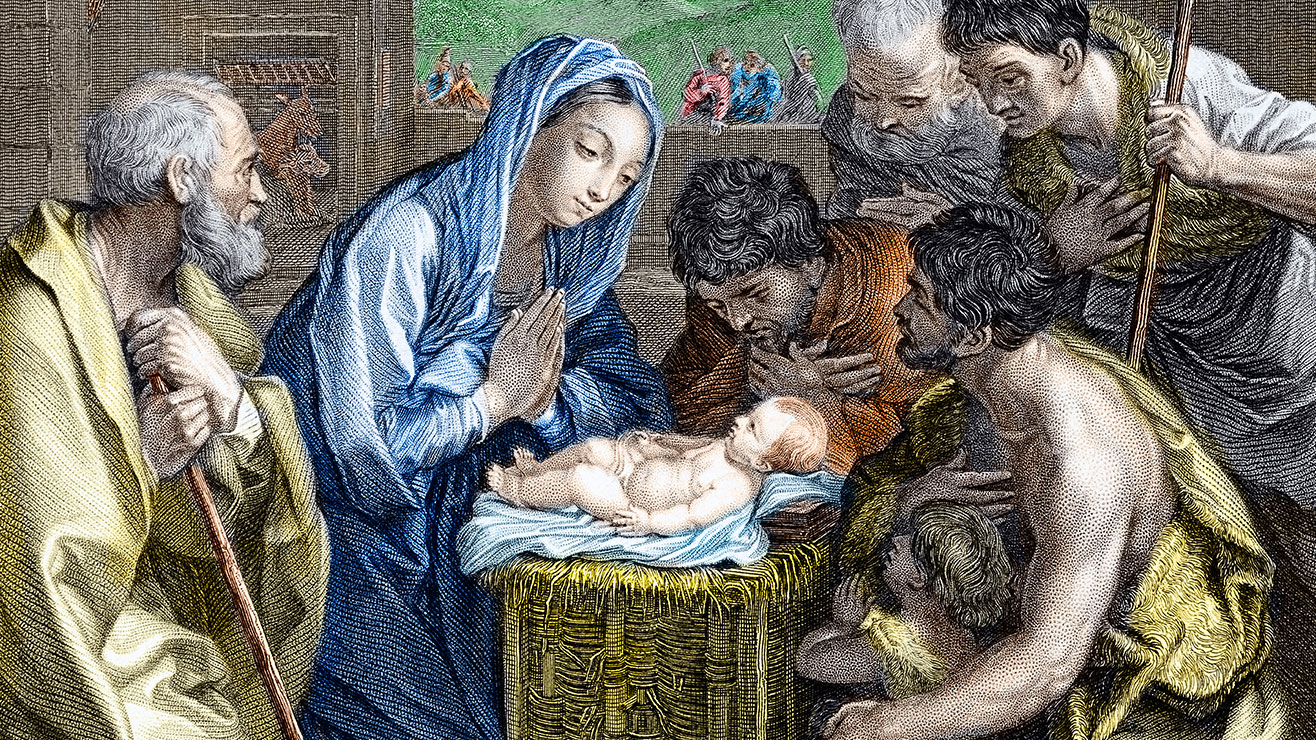Artist Puts a Human Face on DNA

When Heather Dewey-Hagborg walks down the street, she notices all the bits of genetic information left behind by other unsuspecting pedestrians — everything from strands of hair to fingernails to discarded cigarette butts. For an artist and doctoral student, these objects were a chance to investigate a compelling question: How much can be learned about a person from a stray hair?
"The question really stuck in my head, and I became obsessed with trying to get an answer," Dewey-Hagborg, who studies electronic art at Rensselaer Polytechnic Institute in Troy, N.Y., told LiveScience. "The more I walked around the city, the more I saw these genetic artifacts everywhere I looked."
She started collecting samples: A wad of chewing gum outside a grocery store, strands of hair from Penn Station in Manhattan, and cigarette butts along two major thoroughfares in Brooklyn.
Dewey-Hagborg then took these items to Genspace, a do-it-yourself community biology laboratory in Brooklyn, where she extracted DNA from each of the objects. By sequencing specific genomic regions and cross-referencing the results with published data in human genome databases, she was able to piece together clues about the physical appearances of her anonymous donors. [Genetics by the Numbers: 10 Tantalizing Tales]
"I have a list of about 50 different traits that relate to physical appearance that I'm interested in," Dewey-Hagborg said. "I go through them one by one and figure out how to analyze for these individual traits. Some have to do with ancestry, complexion, eye color, hair color, freckles or the tendency to be overweight."
Other details are harder to determine, such as the shape of a person's face, since a lot is still unknown about how genes determine aspects of facial morphology.
"It's not that I can't get all this information from a hair, it's just that the science is not far enough along that we can fully reconstruct a face," Dewey-Hagborg said. "These are more like sketches."
Get the world’s most fascinating discoveries delivered straight to your inbox.
After analyzing the DNA from her samples, Dewey-Hagborg feeds the results through a computer program that builds a model of the person's face. She then uses a 3D printer to create sculpted portraits of her subjects.
Dewey-Hagborg turned these masklike representations into an art show that she calls "Stranger Visions." The portraits will be on display next at Genspace on June 13. Later this summer, the show will travel to galleries in Long Island, N.Y., and Mexico City.
While these 3D portraits offer a glimpse into the fascinating world of bioart, the pieces are also meant to provoke thought about the bits of DNA people shed around them all the time, Dewey-Hagborg said.
"It's meant to highlight questions of genetic privacy, and also point to questions of how technology like this might be used in the future," she said. "I hope that when a viewer comes into the gallery, they question their own genetic privacy and think about the things that inspired me to do this in the first place."
Follow Denise Chow on Twitter @denisechow. Follow LiveScience @livescience, Facebook & Google+. Original article on LiveScience.com.

Denise Chow was the assistant managing editor at Live Science before moving to NBC News as a science reporter, where she focuses on general science and climate change. Before joining the Live Science team in 2013, she spent two years as a staff writer for Space.com, writing about rocket launches and covering NASA's final three space shuttle missions. A Canadian transplant, Denise has a bachelor's degree from the University of Toronto, and a master's degree in journalism from New York University.


